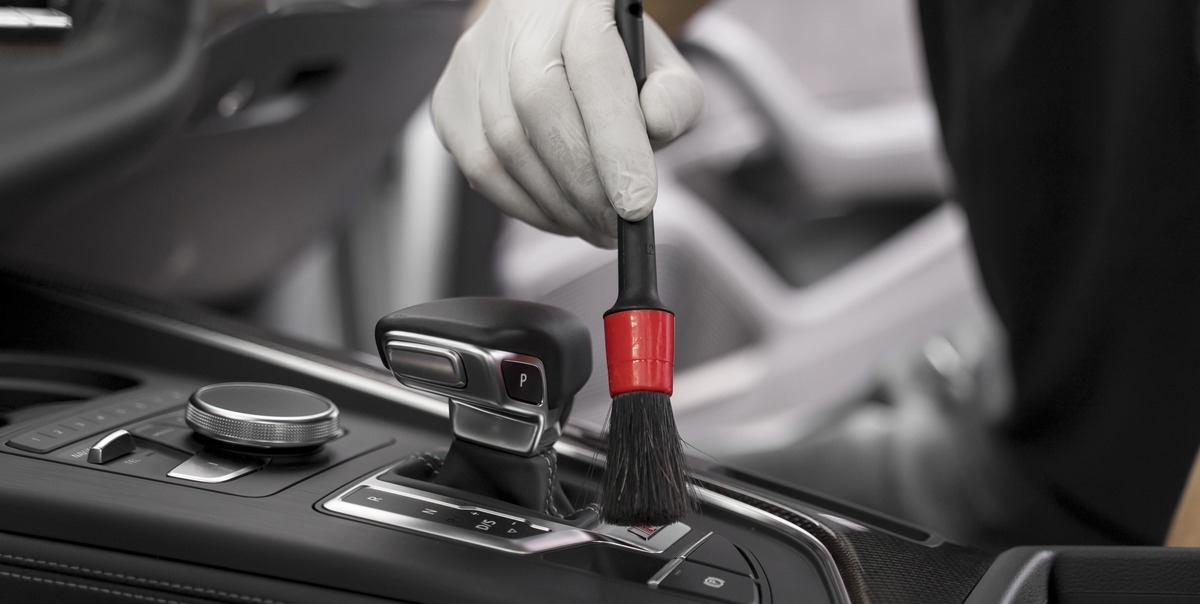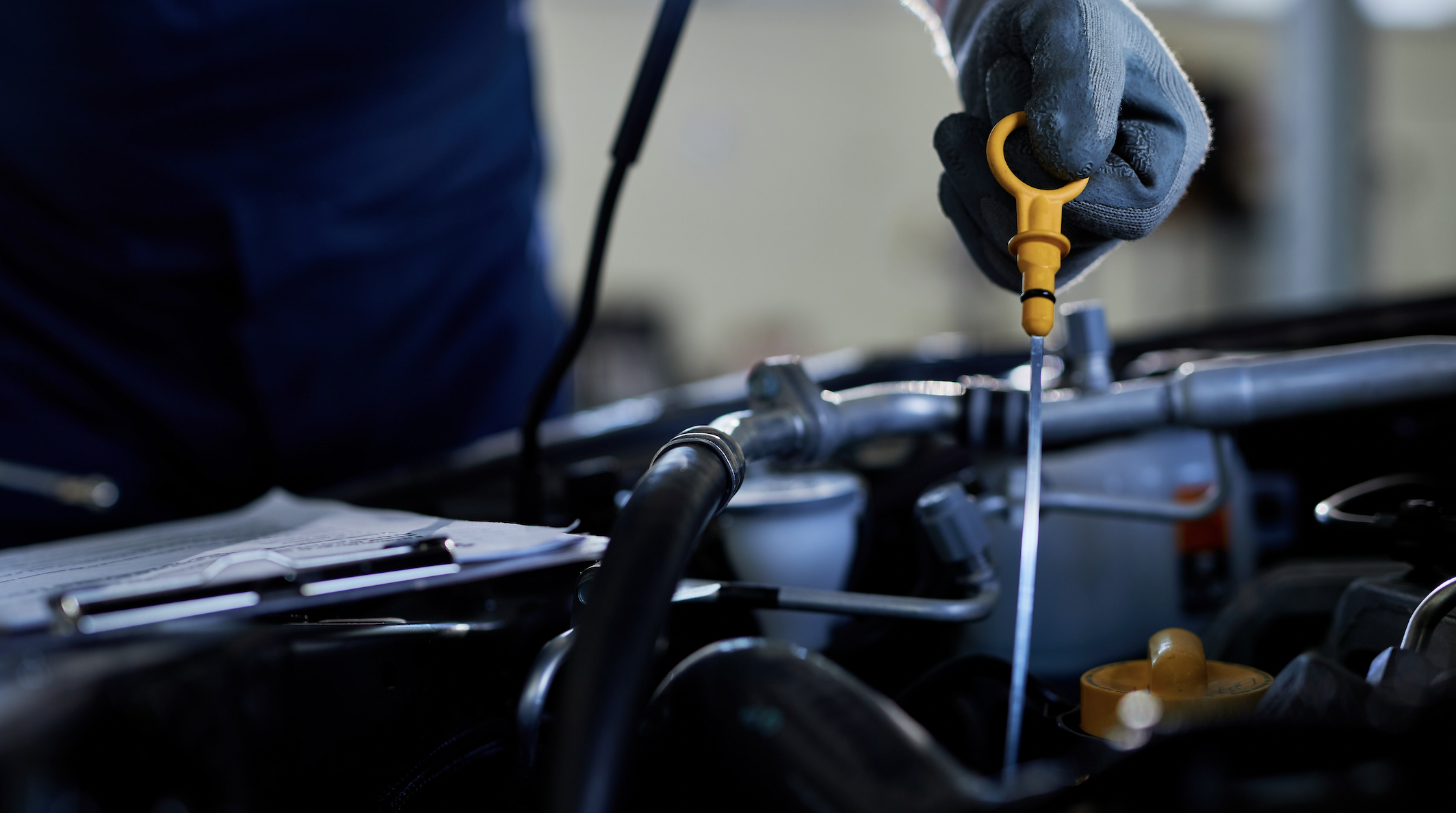Comprehensive Guide to Car Maintenance: Top 11 Tips for Vehicle Longevity
Regular maintenance and lubrication, using the manufacturer’s recommended oil, grease, and liquids, is key. Taking proper care of your vehicle can mean the distinction between proudly owning a well-maintained, long-lasting, reliable machine or bidding farewell to a rusty, faded-paint jalopy that prematurely falls apart or breaks down. Follow the accompanying 11 handy tips to keep your vehicle in peak condition.
Welcome to the ultimate guide to car maintenance, where we share the best advice to ensure your vehicle stays in top condition for years to come. Whether you’re a seasoned car owner or new to the world of auto care, these tips will help you keep your vehicle running smoothly, safely, and efficiently.
Tip 1: Check and Change Oil Regularly
Regular oil and filter changes are crucial for engine longevity. Make it a habit to check oil levels and replace the oil and filter according to the manufacturer’s recommendations. Neglecting oil changes can lead to engine damage and premature wear.
Tip 2: Maintain Cooling System
Flush the cooling system and change coolant annually to prevent corrosion and deposits. A 50/50 mix of coolant and distilled water will ensure optimal performance and prevent overheating.
Tip 3: Transmission and Differential Maintenance
Change transmission and differential oils at recommended intervals using the appropriate fluids. This prevents premature wear and ensures smooth operation of these critical components.
Tip 4: Keep Your Vehicle Clean
Regularly wash your vehicle, including the underside, to remove road grime and salt, especially during winter months. Clean interiors to prevent corrosion from spilled liquids and abrasive dirt particles.
Tip 5: Brake Fluid Maintenance
Replace brake fluid annually to prevent corrosion and component failure. Moisture in brake fluid can lead to costly repairs, so regular maintenance is essential for brake system reliability.
Tip 6: Gentle Start-Up
Avoid flooring the accelerator immediately after start-up, especially with a cold engine. Allow the engine to warm up for at least 30 seconds before driving off to ensure proper lubrication of moving parts.
Tip 7: Follow Manufacturer’s Service Schedule
Adhere to your vehicle’s maintenance schedule outlined in the owner’s manual. Manufacturers know their cars best, so following their recommendations ensures optimal performance and longevity.
Tip 8: Tire Maintenance
Regularly check tire pressure and ensure proper inflation to improve fuel efficiency, handling, and traction. Proper tire maintenance also extends tire life, saving you money in the long run.
Tip 9: Battery Care
Check your car battery regularly to ensure it’s in good condition. Dead batteries can leave you stranded, so perform seasonal battery checks to avoid unexpected failures.
Tip 10: Engine Oil and Filter Changes
Regularly change engine oil and filters to flush out contaminants and extend engine life. Follow manufacturer recommendations for oil change intervals to maintain optimal performance.
Tip 11: Wash Your Car
Regularly washing your car, inside and out, helps prevent corrosion and maintains its appearance. Consider using a waterless car wash for convenience and environmental friendliness.
Why Care About Maintenance?
Regular maintenance is essential for safety, reliability, and longevity of your vehicle. It reduces the risk of accidents, improves performance, and saves you money on repairs and replacements.
By following these tips and guidelines, you can ensure that your car remains in top shape for years to come. Whether you perform basic maintenance tasks yourself or rely on professional mechanics, investing in car maintenance is an investment in your safety and the longevity of your vehicle.
10,692 total views, 4 views today



